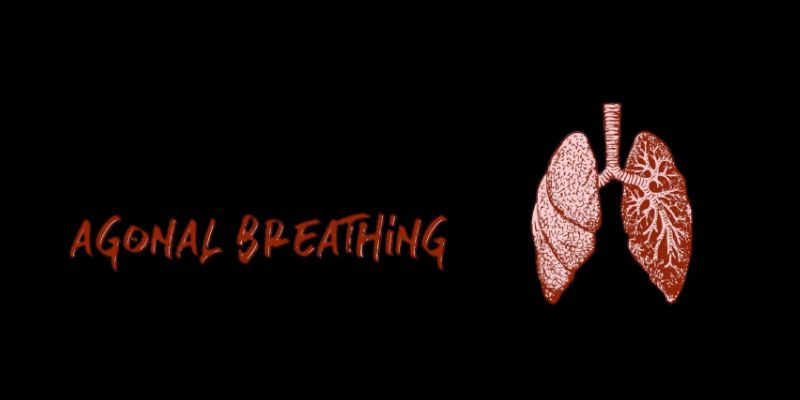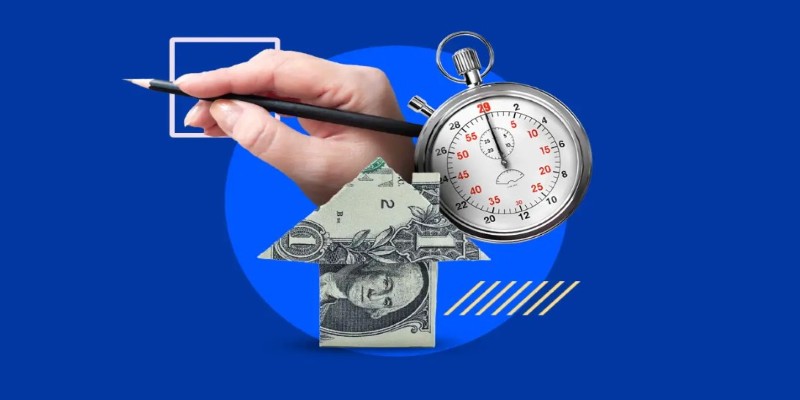If you’re looking at HELOCs as a borrowing option, it helps to understand how the draw period works. This stage isn’t just technical—it’s the part where you can tap into your home’s equity. Whether you're using it for repairs, education, or to cushion unexpected costs, how you handle the draw period can shape your financial outcome. Knowing when and how you can borrow, what your payments will look like, and how the terms might shift over time will help you avoid surprises and stay ahead of your repayment plan.
The Basics of a HELOC Draw Period
A HELOC, or Home Equity Line of Credit, is a revolving line of credit secured by your home’s equity. Instead of receiving a lump sum, you’re approved for a credit limit and can borrow from it over time. The draw period on a HELOC is the first phase—typically lasting 5 to 10 years—when you can access these funds.
During this time, most lenders require interest-only payments. You only pay interest on what you borrow, not the full credit line. That keeps your monthly costs low but doesn't reduce your balance unless you pay extra. You can borrow, repay, and borrow again, making the credit line flexible—similar to how a credit card works, but usually with a lower interest rate.
That flexibility can be useful. You might borrow $15,000 for a home upgrade, pay back part of it, and dip into the line again later for a different need. Many people use HELOCs to fund projects in phases or cover ongoing costs over several years.
Still, interest-only payments can be misleading. It's easy to carry a balance longer than intended. If you're not paying down the principal, your total debt doesn't shrink. It's smart to track what you borrow and make larger payments when possible.
What Happens When the Draw Period Ends?
When the draw period ends, you enter the repayment phase. At that point, you can no longer access funds. Instead, you start repaying principal and interest on the borrowed amount. For many borrowers, this causes a jump in monthly payments—especially if they’ve only been paying interest up to that point.

The repayment period often lasts 10 to 20 years. Some HELOCs require a balloon payment instead, meaning the full balance comes due at once. If you're not ready for it, that kind of shift can cause stress or lead to refinancing under pressure.
This transition can be harder to manage if your financial situation changes or interest rates increase. Most HELOCs have variable rates, so your payments during the repayment period may not stay the same. Rising rates and full principal payments can increase your monthly bill.
The end of the draw period isn't a cliff, but it does change how the loan works. The more prepared you are, the less disruptive it will feel. If you've been borrowing steadily during the draw period, it helps to look at the calendar a few years in advance and consider how repayment fits into your budget.
How to Make the Most of Your HELOC Draw Period
The draw period on a HELOC gives you access to funds and a chance to build a plan. It offers a low-cost borrowing option that's easy to manage if used carefully. However, if misused, it can lead to debt buildup without much progress on repayment.
One smart habit is to pay more than the minimum each month. Even during the draw period, nothing stops you from reducing the principal. The more you chip away early, the easier the repayment period will be. Since the balance will be smaller, this can also reduce your exposure to future rate hikes.
It also helps to borrow with purpose. Using a HELOC to pay for home improvements or education often makes more sense than using it for everyday spending. Projects that may increase your home's value or improve long-term finances are easier to justify than quick purchases that don’t offer lasting returns.
Watch for lender rules during the draw period. Some may freeze or lower your credit line if your home value drops or your credit score falls. Staying financially stable—and keeping communication open with your lender—can help ensure continued access during the draw phase.
For those with variable interest rates, it may be worth watching market trends. If rates start rising, you might look into refinancing or converting to a fixed-rate loan before the repayment phase begins. Locking in stable terms early can offer peace of mind and help with budgeting.
The Long-Term View: Draw Periods and Financial Planning
A HELOC isn’t just a short-term solution—it can affect your finances for years. So, it makes sense to think beyond the draw period. Consider how the loan fits into your broader financial picture, whether you're planning for tuition, renovations, or an emergency fund.

During the draw period, it’s easy to focus on how much you can borrow. But think about how quickly you can repay that amount once the terms change. If your income is expected to rise, repayment may be easier. If you’re on a fixed income or foresee tighter budgets, it’s smarter to borrow less and repay more while you can.
It’s useful to picture life when the draw period ends. Will you still be in the same home? Will your expenses change? These questions can guide how much you borrow now and how fast you pay it down.
The draw period is temporary, but how you handle it can shape your financial future. Using it thoughtfully can lead to a smoother repayment phase and help you maintain your home equity.
Conclusion
Understanding the draw period on a HELOC and how it works helps you use your home equity with purpose. The draw period on a HELOC offers flexibility, but planning keeps it manageable. Paying attention now can prevent financial stress later. Use the draw phase wisely, repay where you can, and be ready when terms shift—so the loan remains a tool, not a burden.












